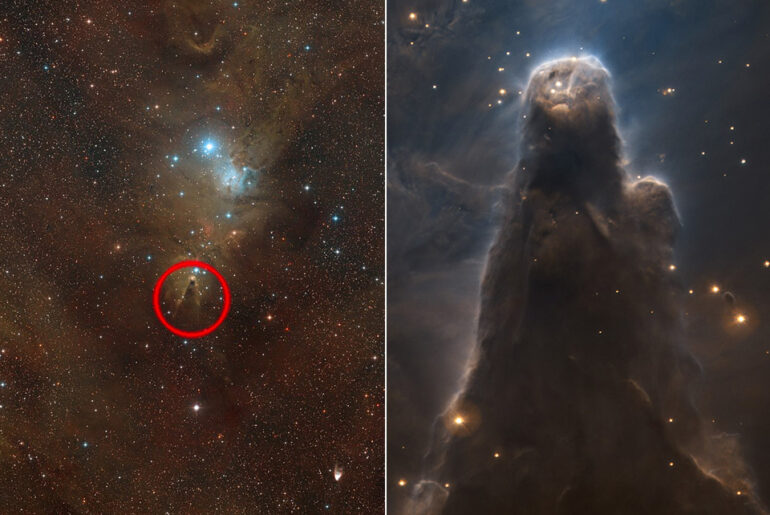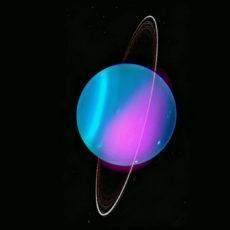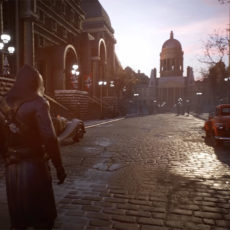
The European Southern Observatory’s Very Large Telescope (VLT) captured this mesmerizing image of the Cone Nebula located less than 2,500 light-years from Earth. It’s actually a part of the larger star-forming region NGC 2264 that was discovered in the late 18th century by astronomer William Herschel.
For those with a powerful enough telescope, you can find the Cone Nebula in the constellation Monoceros (The Unicorn). Since it’s located relatively close to Earth, this horn-shaped nebula has been well-studied, but this view is more dramatic than any other previously obtained, as it highlights the nebula’s dark and impenetrable cloudy appearance that makes it look like a mythological creature.
- Bring to life the rocket launch that took humans to the moon with the meter-high (approximately 1: 110 scale) model rocket of the NASA Apollo Saturn V
- The Saturn V rocket kit includes 3 removable rocket stages (first, s-ii second, and s-ivb third) below the launch escape system, command and service...
- After building the Saturn V rocket, you can display the spacecraft horizontally with 3 stands; The Lunar Lander docks with the command and service...

In this image, obtained with the FOcal Reducer and low dispersion Spectrograph 2 (FORS2) on ESO’s VLT in Chile, hydrogen gas is represented in blue and sulphur gas in red. The use of these filters makes the otherwise bright blue stars, that indicate the recent star formation, appear almost golden, contrasting with the dark cone like sparklers,” said the ESO.







